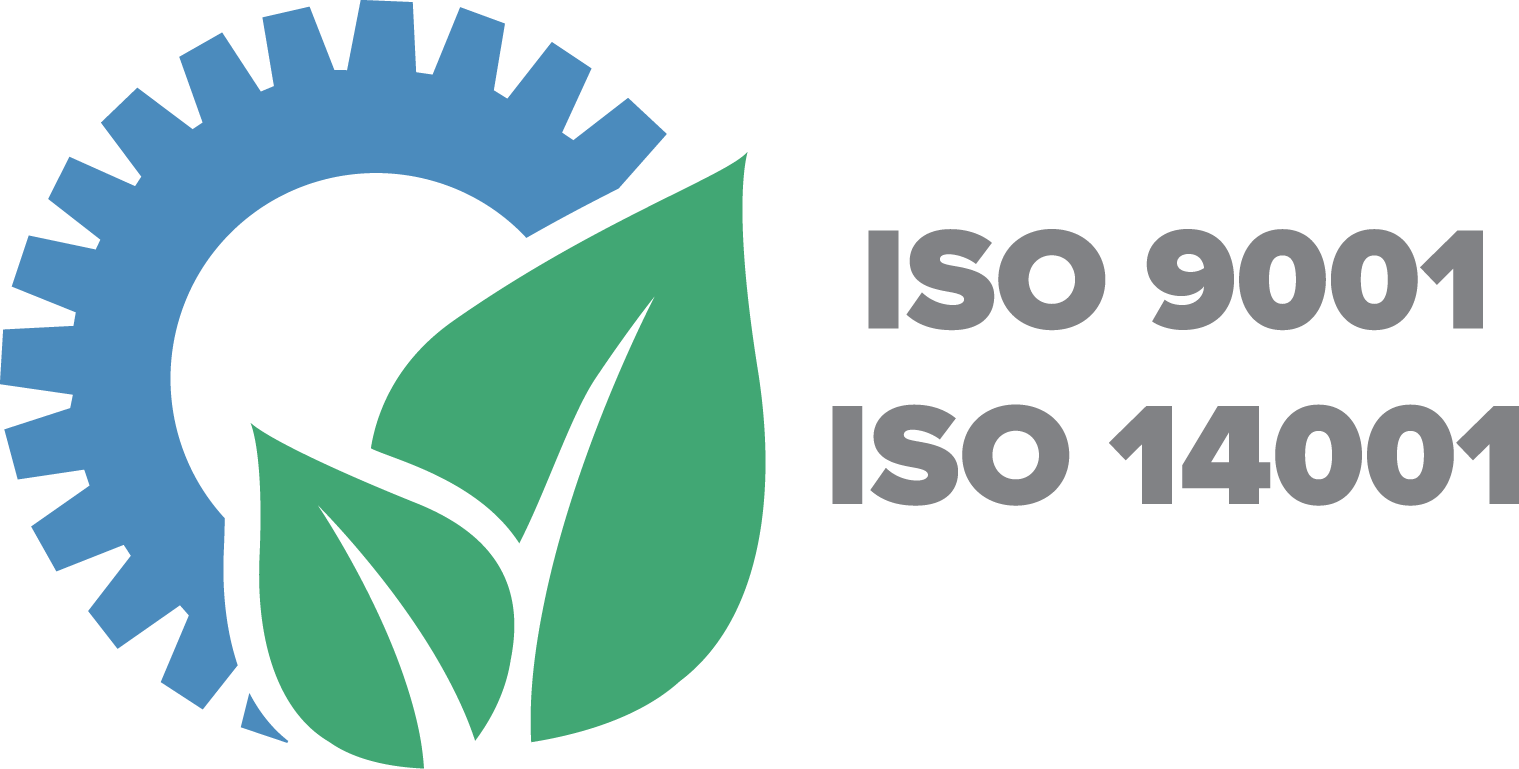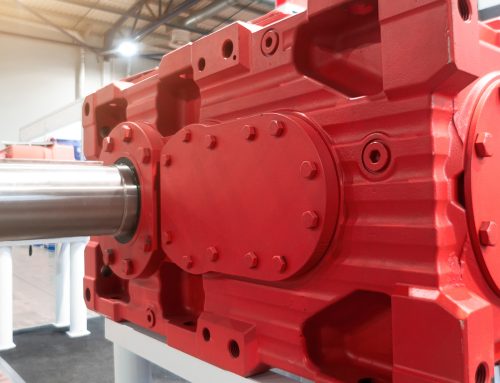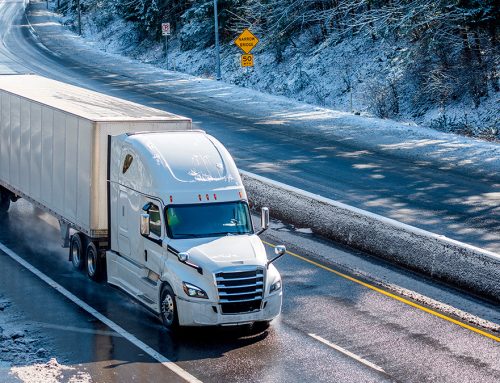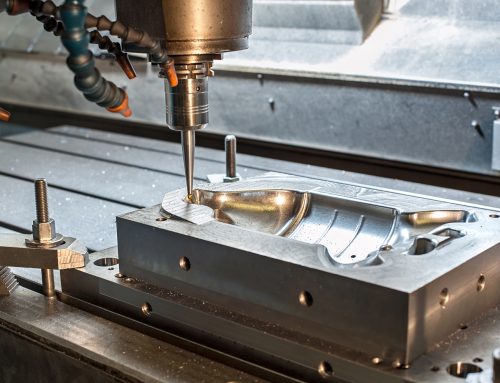Cortec® Releases White Paper on Cleaning and Protecting Oxidized Aluminum Structures
August 23, 2024
Aluminum is well-known for its ability to self protect by creating a thin surface oxide film that keeps corrosion from progressing further. However, when salt water enters the picture, the result is not so pretty, destabilizing the surface and facilitating galvanic corrosion. For aluminum ferries operated in the Caribbean, that can lead to heavily pitted internal hull surfaces after 20-30 years of service.
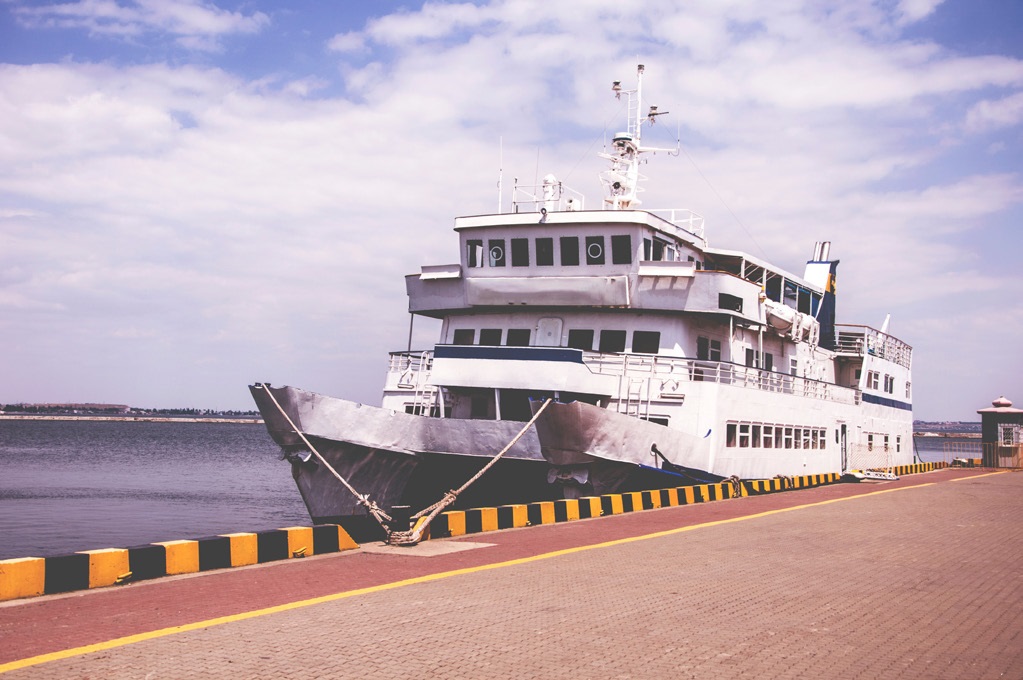
One company involved in restoring such ferries achieved marginal protection results using a waxlike coating, apparently because the coating was not penetrating the crevices enough to stop the corrosion. Consequently, Cortec® asked its Technical Director – Energy & Engineered Solutions, Jim Holden, PE, to prepare a white paper with recommendations on cleaning and coating aluminum in a saltwater environment, preferably with water-based coatings due to the sensitivity of the ecosystem.
The subsequent document, including laboratory test results for several coatings subjected to salt fog conditions, is the result of that request and can serve as a helpful reference for anyone involved in industries where aluminum oxidation is a concern. Contact Cortec® if you have further questions about restoring and protecting aluminum and other non-ferrous metal surfaces.
Keywords: Cortec, aluminum corrosion, cleaning and protecting aluminum, aluminum boat corrosion, restoring aluminum ferries, saltwater corrosion, water based paint, protective coatings, aluminum cleaner, anticorrosion coating
Aluminum Vessels — Oxidation of Aluminum Structures
James (Jim) Holden, PE
Technical Director, Energy & Engineered Solutions
Cortec® Corporation
This paper will discuss why aluminum is used in industry (especially the marine industry), the impacts of oxidation, and how to mitigate and prevent aluminum oxidation from occurring. When compared to steel, aluminum has a high strength-to weight ratio important to vessels such as airplanes, ships, and ferries that need to optimize performance and cargo-carrying capabilities. Aluminum is approximately one-third the weight of steel and based on an industry study oxidizes at 0.039 mils (1 µm) per year, while steel corrodes at 4.724 mils (120 µm) per year. Aluminum alloys such as 6061, 6082, and 6005A are the most common in the United States.[1]
Few metals are found in nature in their metallic state except for a handful such as gold and silver. Most metals are created by mining minerals and converting them through various manufacturing processes. Aluminum metal is created when bauxite is mined and through processing converted to the various grades of aluminum in use today. All metals want to revert to their natural state and attempt to do so through the process of corrosion. The degree and rate of this return to the natural state depends on the type of metal and the environment to which it is exposed. In order to mitigate damage and help vessels last longer, those considering using aluminum around salt water need to understand what happens when these two substances come into contact.[2]
Although aluminum alloys have an inherent resistance to oxidation (corrosion), continuous exposure of aluminum alloys to salt air and sea water (e.g., a sea environment) can cause oxide to build up.[2] This is usually chalky and white in appearance with pitting underneath.[2] If the pitting becomes severe it will cause stress concentration and potentially result in localized failure.[2] Oxidation can be prevented by powder coating during component manufacture,[2] and/or by coating with a coating containing Vapor phase Corrosion Inhibitors. Aluminum has been used in the manufacture of various types of boats (military, pleasure craft, and commercial) since the late 1800s.[3] It has been used in the airplane industry for the manufacture of fuselages since the early 1900s. Both single and double hull and/or bottom vessels are manufactured with aluminum due to aluminum’s high strength-to-weight ratio. Use of high-strength aluminum provides the ability to take the pounding at sea while providing increased fuel efficiency, speed, and corrosion resistance.[3]
There are many examples of ships and airplanes with structures made completely of aluminum materials. Two ferries stand out due to their size, speed, and cargo capacity. One is the Hawaii Superferry, which is 345 feet (105 m) long and carries 300 vehicles and 1,000 passengers while traveling at 30-40 knots. The other is the Benchijigua Express, carrying 337 vehicles and 1,350 passengers with a top speed of 36 knots. It is one of the largest ferries in the world at 413 feet (126 m) in length. In addition to using aluminum for boat hulls, shipbuilders often choose aluminum for gangplanks, stairways, railings, windows, doors, and many other shipboard fixtures.[3]
Aluminum is used in many applications exposed to sea water and salt air due to its natural resistance to oxidation. This is accomplished by the creation of a thin oxide layer when exposed to the corrosive environment and oxygen.[1] If damaged, the oxide layer will regenerate itself. This oxide layer will provide long-term corrosion protection without additional surface protection when in a stable environment with no large temperature changes or exposure to moisture and other corrosive elements.
When people refer to the white, chalky layer on aluminum, they default to the generic term “rust.” However, this is an incorrect assumption. For rust to form in the truest sense, iron or steel must come into contact with moisture and/or air. Since aluminum does not contain iron or steel, it does not rust but oxidizes. Both rust and oxidation are a form of corrosion, although oxidation is not necessarily rust. As previously mentioned, aluminum is often chosen as a building material because of its ability to resist corrosion; however, when exposed to fluctuating temperatures and sea water and/or salt air it will corrode.[2]
In harsh applications, additional protection can be obtained by coating. Normally a powder coating is applied to new components during manufacturing if they will be exposed to harsh conditions such as a marine environment.[2] Although excellent for the manufacturing process, powders are difficult to apply in field (operational) conditions. Therefore, oxide removers and coatings with Vapor phase Corrosion Inhibitors can play an important role in mitigating existing corrosion and minimizing future corrosion.
To this end, Cortec® Laboratories tested an oxide removal and coatings system on aluminum panels as a reference point for those considering this method of corrosion mitigation on aluminum boats. The test involved 16 aluminum test panels that were first subjected to 500 hours of exposure to ASTM B117 test conditions in a salt fog chamber. The panels were then treated with VpCI®- 426 to remove oxides and rinsed in a 20% solution of VpCI®-415. After drying the panels, a robust coating system was applied. VpCI®-373 Green (water-based) was applied at 0.5 mils DFT (dry film thickness) to promote coating adhesion and dried for 72 hours minimum. VpCI®-395 (water-based) at 2 mils (50 µm) DFT was applied on top as a chemical/corrosion resistant primer and dried
for 72 hours minimum. After this, the panels were divided into four groups to test different topcoats at 2 mils (50 µm) DFT each. Four of the primed panels were top-coated with EcoShield® VpCI®-386 Clear (water-based), four were top-coated with EcoShield® VpCI®- 386 Aluminum (water-based), four were top-coated with VpCI®-384 Clear (solvent-based), and four were top-coated with VpCI®-384 Aluminum (solvent-based). After 1,000 hours in ASTM B117 salt fog conditions, the panels were scraped and found to have no coating failure or corrosion. Adhesion was good and there was no scribe creep, showing this method to be a robust form of restoration and protection for aluminum surfaces.[4]
Any surface with aluminum oxidation that is not submerged (e.g., bulkheads, overheads, decks, railings, and stairs) can be cleaned and preserved using similar products and processes, as outlined below.
1. Apply VpCI®-426 Gel to remove the existing oxidation.
2. Remove the VpCI®-426 Gel with VpCI®-415, a MIL-PRF-87937D Type IV qualified heavy-duty readily biodegradable* water based alkaline cleaner and degreaser. VpCI®-415 provides flash corrosion protection for a variety of metals during indoor storage and is the perfect choice for the customer who needs a multipurpose, multi-surface, MIL-SPEC qualified heavy-duty cleaner.
3. Once the surfaces are clean and free of contaminants, they can be coated with a coating containing Vapor phase Corrosion Inhibitors. These coatings protect surfaces both with a physical barrier of paint and a package of corrosion inhibitors that adsorb to the substrate.
4. Prime with VpCI®-373 Clear or Green, a water-based wash primer.
5. Apply a base coat of VpCI®-395 Clear, a 2K water-based epoxy primer.
6. Topcoat all surfaces excluding handrails with one of the following:
• EcoShield® VpCI®-386 Aluminum, a water-based micro corrosion inhibiting coating that passes as much as 1,000 hours of salt spray and humidity testing with no failure
• VpCI®-384 Aluminum, a solvent-based urethane topcoat
7. Topcoat handrails with one of the following:
• EcoShield® VpCI®-386 Clear
• VpCI®-384 Clear, a solvent-based urethane topcoat
While this paper specifically addresses ways to mitigate and prevent oxidation on aluminum structures, the following link shares options for protecting other shipboard systems from rust: https://www.cortecvci.com/long-term-storage-of-ships/.
References
1. Bayou Metal Supply & Manufacturing. “Aluminum Alloys in Shipbuilding – A Fast-Growing Trend.” Accessed 4 Mar 2024 <https://bayoumetalsupply.com/aluminum-alloys-inshipbuilding-a-fast-growing-trend>.
2. Aluminum Handrail Direct. “Effects of Salt Water on Aluminum.” Accessed 4 Mar 2024 <https://www.aluminumhandraildirect. com/effects-of-salt-water-on-aluminum/>.
3. Clinton Aluminum. “Uses for Aluminum Alloys in Boats.” Accessed 4 Mar 2024 <https://clintonaluminum.com/uses-for-aluminumalloys-in-boats/>.
4. Hemberger, Jake. “Aluminum Boat Restoration.” Cortec® Laboratories, Inc., Report #24-102-1916, 23 Jul 2024.
For a PDF version please click here.

